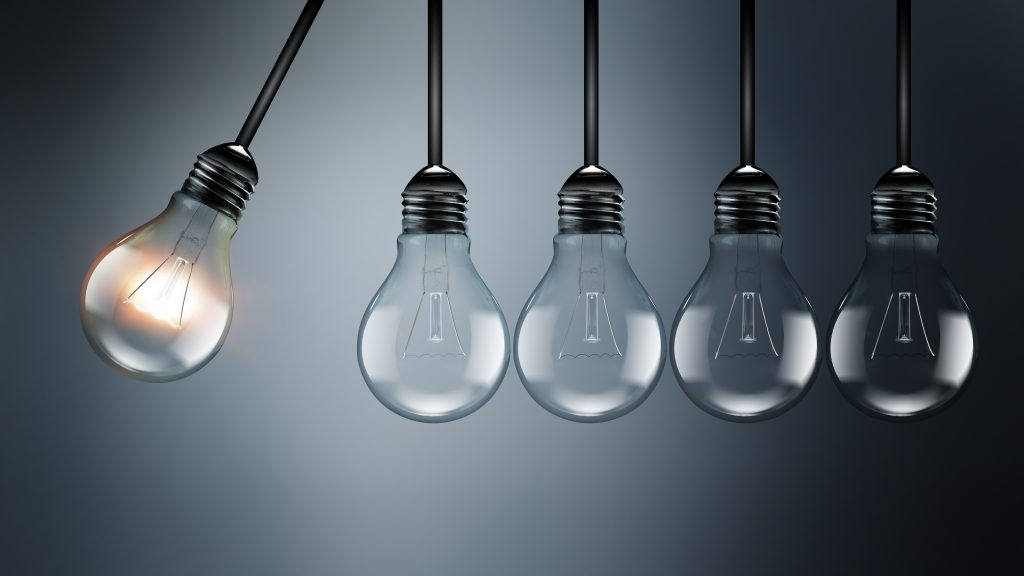
Forget everything you think you know about physical reality. Set aside the constant barrage of information coming from your five senses. Open your mind to the possibility that seeing is not believing, that what you feel, taste, smell, and hear are no longer the only means to define your environment. Can you imagine that?
We all learned in school that everything is comprised of tiny molecules. Those, in turn, are made up of even smaller parts called atoms. Delving deeper, we are taught that atoms are made of minuscule protons, neutrons, and electrons. Scientists used to think that these were the primary components of matter. More modern science teaches about quarks, which are held together with gluons to create protons and neutrons. We won’t discuss leptons, neutrinos, kaons, or other “strange” things in this article. Nor will we confuse the issue with theoretical particles like tachyons, axinos, or sfermions.
Just as mankind once thought it they knew with absolute certainty that there are only three basic building blocks of matter, it is possible to conceptualize that we have yet to discover even smaller building blocks, made of even tinier discrete pieces. If everything is made of tiny bits which are made of even tinier bits, where does it all begin?
When we look into the Torah, we find the source of the very first thing that was ever created. “Let there be light” (Genesis 1:3). What if light itself is the most basic building block of everything else? Albert Einstein proposed a relationship between matter and energy in his famous formula, E = mc2 or energy equals mass times the speed of light, squared. We know that matter can be turned into energy. Ask any dad as he lights charcoal briquettes to cook out for a Sunday barbecue. But does it work in reverse? Can energy also be converted into matter?
In 1997, Stanford’s linear collider used photons and a high-powered electron beam inside of an electric field to produce matter particles. Is reality then an illusion for our limited human senses? What does that mean for us? Might that possibly change how we value physical things? Do they still maintain their perceived worth even though we can now “see the light”?
What is this life about, and what should we prioritize? Do we invest our efforts to aggregate net worth? In today’s world of electronic funds, the majority of personal assets are often merely bits of data. That is even further removed from precious metals or hard currency which we can hold in our hands and treasure for a while. Alternatively, do we focus on building family and community as we make the world a better place for everyone? Are our minds preoccupied with how best to fulfill our own needs, or do we instead devote ourselves to spiritual pursuits?
One dimension we have yet to discuss is time. Is there some event towards which you are looking forward right now? Is it a vacation? Maybe it is a family simchah. Is it the opportunity to have a nice Shabbos with your family? That begs the question; must we really be looking forward to an event in the future which will make us happy in order to feel joy in the moment? Do you think that most people suffer through the majority of their days while waiting for something great to happen? Or would many say they are happy right now, as they are, even heading into work through impossible traffic on a Monday morning? Can we feel happy and fulfilled right now, without needing to look forward to some distant event or goal? Wouldn’t it feel liberating to be able to flip a switch, turn off the anxiety and frustration caused by life’s challenges, and just feel full of purpose, hope and joy right now, in the moment, no matter what else tries to bring us down?
No, it is not as simple as flipping a switch. Yes, it requires study and training. However, as we reexamine the nature of our reality, we can create a new outlook, and we can better invest our time into what really matters.
You must be logged in to post a comment.